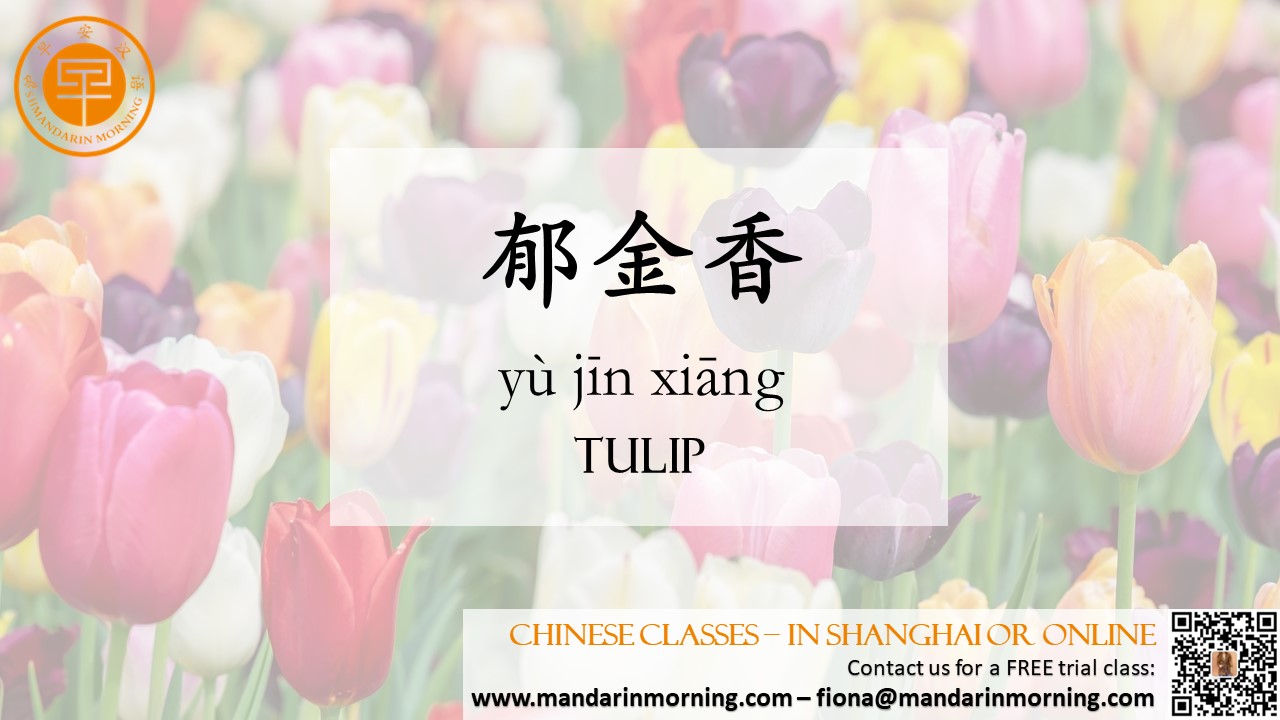| If you’re learning Mandarin, spring is a cool chance to learn some new words. Why? Because talking about new seasons is like sharing little bits of happiness. In this article, we’ve got more must-know Chinese words all about spring. Ready to give your language skills a big boost? Let’s start and make your Mandarin as fresh and bright as spring!  Flower 花 When we think of spring (春天), we imagine the colorful flowers, or 花 (huā), that brighten this season. These blossoms are more than just a sign of warmer weather; they symbolize new beginnings and the renewal of nature. The Chinese character for flower, 花, tells a story on its own. It combines 艹 (the grass radical) and 化 (to transform), showing us that a flower is like grass that’s changed into something beautiful. Daffodil 水仙花 One of the first joyful signs of early spring is the appearance of daffodils, known in Chinese as 水仙花 (shuǐ xiān huā). 水仙花 literally translates to “water-fairy flower,” reflecting the flower’s delicate beauty. These bright, cheerful flowers are beloved not just for their beauty, but also for their resilience, popping up year after year, often with little need for care. Cherry blossom 樱花 When we speak of spring, especially in East Asia, we can’t help but mention the iconic cherry blossoms, known as 樱花 (yīng huā) in Chinese. The characters composing 樱花 paint a vivid picture on their own: 樱 (yīng) stands for “cherry” and 花 (huā) is for “flower.” Together, they encapsulate the essence of these celebrated blossoms. Tulip 郁金香 Spring’s tapestry wouldn’t be complete without the vibrant colors of tulips, or 郁金香 (yù jīn xiāng) in Chinese. Tulips’ diverse palette, from passionate reds to tranquil pastels, mirrors the emotions and celebrations of spring: a season of renewal, vibrancy, and life starting anew. Their presence is a cheerful reminder that warmer days are upon us and nature is once again in full bloom. To bloom 花开 One of the most enchanting aspects of spring is witnessing the transformation of buds into full bloom, a process described in Chinese as 花开 (huā kāi). Insect 虫 With the revival of plants and flowers, spring also welcomes various small creatures, particularly insects, or 虫 (chóng) in Chinese. The character was originally depicted as a creature with a snake’s head and a curly insect body. Today, 虫 means “insect,” “bug,” or “worm.” Caterpillar 毛毛虫 One of the insects that gain attention in spring is the caterpillar, or 毛毛虫 (máo máo chóng) in Chinese. The term is quite descriptive, with 毛 meaning “fur” or “hair,” the tiny hair-like structures on many caterpillars, and 虫 meaning “insect.” Caterpillars are crucial in the circle of life, particularly known for their transformative journey into butterflies. Butterfly 蝴蝶 The final miraculous stage of a caterpillar’s life is its transformation into a butterfly, known in Chinese as 蝴蝶 (hú dié). The character 蝴 (hú) individually refers to a specific kind of butterfly, while 蝶 (dié) is the general term for “butterfly.” Butterflies are important in spring for many reasons. They come to life from their cocoons at the same time as flowers start blooming. They move from flower to flower, helping plants grow by spreading pollen. This is a big part of how new plants start all over again. They also remind us that spring is a time of new beginnings and enjoying the simple moments of beauty around us. |